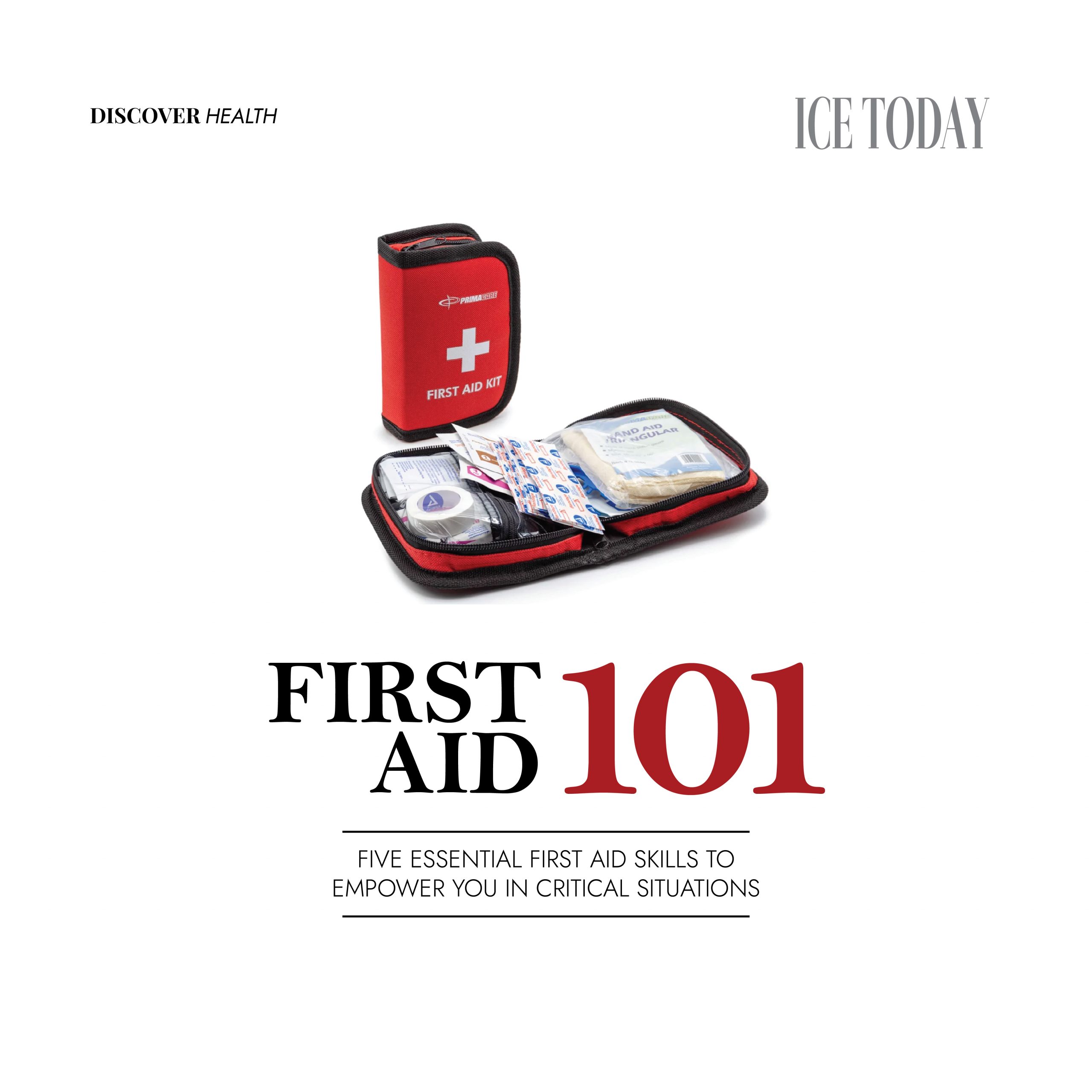
Knowing basic first aid skills can genuinely save lives and prevent medical problems from worsening or even resulting in death. Anyone can learn emergency first aid skills – you don’t have to be a health professional or emergency response technician to successfully save someone’s life. However, it is important to remember that before administering any first aid, you should ensure that help is on the way by contacting emergency services.
PERFORMING CPR
Cardiopulmonary Resuscitation (CPR) is performed on individuals who are unresponsive and not breathing. When performed correctly, it significantly increases the chances of survival for the victim.
Imagine a scenario where someone near you suddenly collapses, showing no signs of breathing. These situations can occur at bus stations, workplaces, or even in your own home. What actions can one take in such a critical event?
It is highly likely that the individual has experienced cardiac arrest. However, taking quick action and performing CPR can potentially revive or stabilise them.
Cardiopulmonary Resuscitation (CPR) is performed on individuals who are unresponsive and not breathing. When performed correctly, it significantly increases the chances of survival for the victim
To perform CPR, place one of your hands on top of the other and clasp them together. With the heel of your hands and straight elbows, push hard and fast at the centre of the person’s chest, just slightly below their nipples.
Make sure to push at least two inches deep and compress the chest at a rate of at least 100 times per minute. Allow the chest to fully rise between compressions. After 30 compressions, provide two rescue breaths, each lasting approximately one second. Ensure that the person’s mouth is clear, tilt their head back slightly, and lift their chin. Pinch their nose shut, place your mouth fully over theirs, and blow to make their chest rise. Repeat this cycle of 30 chest compressions and two rescue breaths until the person begins breathing or assistance arrives.
DEALING WITH CHOKING
Anything can be a choking hazard, from food to small objects like coins or batteries. Keep an eye on children, especially those under the age of four, as they are more prone to putting objects in their mouths. Signs of choking include difficulty breathing, clutching at the throat, and loss of consciousness.
The Heimlich Maneuver is an emergency rescue procedure used to help someone who is choking on a foreign object. To perform it, stand behind the person and place your fist between their lower ribs and upper abdomen, apply sudden pressure by thrusting your fist inward and upward, and repeat these thrusts with enough force to help dislodge the object from their windpipe. For infants who are choking, it is recommended to use back blows and chest thrusts instead of the Heimlich Maneuver. If a victim of choking becomes unconscious, it is imperative to perform CPR in order to save their life.
MANAGING BLEEDING
Apply direct pressure to bleeding wounds using a clean cloth or bandage. Use both hands, placing one on top of the other, and press down firmly but gently. Maintain pressure for at least 5 to 10 minutes to allow the blood to clot. If possible, elevate the injured area above heart level to reduce blood flow.
If the bleeding does not stop, apply pressure again and consider using a tourniquet, a device that can be tightened around a limb to stop the flow of blood. You can use a belt, scarf, or piece of cloth as a tourniquet. Tighten it until the bleeding stops and note the time when it is applied. Every 15 minutes, loosen it slightly to check for signs of circulation. Wait to remove it until medical help arrives. Monitor the person for signs of shock, such as pale skin, rapid pulse, shallow breathing, nausea, or confusion. If the person is in shock, lay them down with their legs elevated and cover them with a blanket to keep them warm.
Look no further than Bangladesh Red Crescent Society, First Aid Centre of Sweden, and SD Safety Health Center for top-notch first aid training in the country
TREATING BURNS
Cool running water or a cool compress can be used to lower the skin temperature and provide relief for minor burns. It is vital to cool the burn for at least 10 minutes to reduce the risk of further injury. Never use ice or ice water, as they can cause additional damage.
It is also important to avoid breaking blisters or applying any topical treatments, such as butter or oil, as they can increase the risk of infection. Instead, gently clean the area with mild soap and water, then cover with a non-stick dressing or bandage. For more severe burns, seek immediate medical attention, as they can be life-threatening if not properly treated.
STABILISING FRACTURES
If you suspect someone has a fracture, look for signs such as deformity, swelling, bruising, or difficulty moving the affected area. Additionally, the person may experience severe pain, numbness, or tingling in the affected limb.
One of the best ways to handle fractures is to immobilise the affected area using makeshift splints such as a rolled-up newspaper or a piece of wood to provide support and stability. It will help reduce the swelling and ease the pain until you can get professional medical attention.
Look no further than Bangladesh Red Crescent Society, First Aid Centre of Sweden, and SD Safety Health Center for top-notch first aid training in the country.
